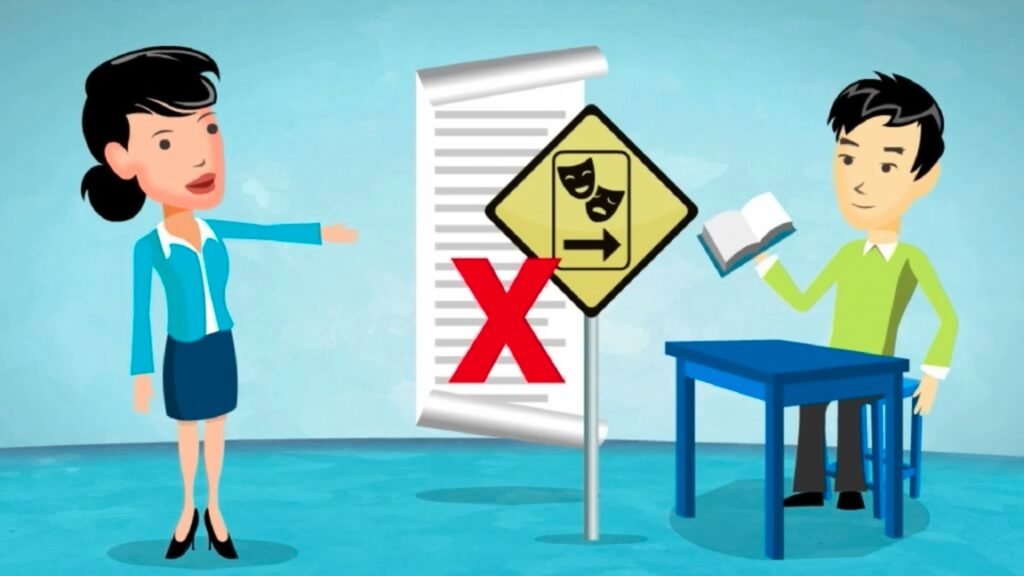Alternative Assessments Traditional tests, such as multiple-choice exams and standardized exams, have long dominated the evaluation of student learning in the constantly changing field of education. Alternative assessments, on the other hand, are being supported by a growing movement that provides a more comprehensive and nuanced picture of students’ skills and knowledge. This article explores alternative evaluations, including definitions, advantages, difficulties, and real-world applications.

Key Characteristics
Application is the Main emphasis: Students’ practical knowledge applications are the main emphasis of alternative assessments.
Holistic Evaluation: They frequently assess a variety of abilities, such as creativity, critical thinking, and problem-solving.
Student-centered: These tests usually provide students additional chances to show what they’ve learned in ways that speak to their unique interests and talents.
Traditional Assessments
For many years, the mainstay of education has been traditional evaluations like multiple-choice questions, short-answer questions, and standardized exams. These approaches give precedence to effectiveness and consistency, providing a uniform gauge of student performance.
Emergence of Alternative Assessments
There was an increasing dissatisfaction with traditional assessments in the late 20th and early 21st centuries. Opponents contended that these approaches fell short of capturing kids’ deeper learning or preparing them for issues they would face in the real world. Alternative evaluations were created in response to this unhappiness, with the goal of filling up these gaps by offering a more complete picture of students’ abilities.

Project-Based Assessments
Students must work on challenging, real-world projects or challenges as part of project-based learning assignments. The purpose of these tests is to evaluate students’ capacity to use their knowledge and abilities in relevant contexts.
As an illustration:
Research Projects: Students investigate a topic of interest, evaluate their data, and then present their findings.
Design Projects: Students design and produce tangible goods or solutions in fields like engineering or art.
Performance-Based Assessments
Performance-based evaluations gauge a student’s aptitude by having them carry out activities or show off abilities in a controlled environment. These tests frequently include tasks that resemble those that one may find in real-world situations.
As an illustration:
Presentations: Students give audiences a look at their ideas or research.
Simulations: Students take part in role-playing exercises or arguments that are simulated.

Enhanced Student Engagement
Compared to standard tests, alternative evaluations frequently engage students more successfully. These evaluations can raise motivation and interest in the material by giving students meaningful and pertinent activities to do.
Increased Motivation and Ownership
Students are more likely to take responsibility for their learning when they have a role in how they are evaluated and can understand the relevance of their work. Better learning results and a higher level of engagement may result from this enhanced drive.

Conclusion
Alternative assessments give a more thorough and useful way to evaluate student learning than traditional testing methods, which is a substantial departure from them. These tests, which emphasize individualized learning, real-world applications, and the development of 21st-century skills, can give important insights into students’ abilities and promote more relevant and interesting learning environments.
FAQs
What are alternative assessments?
Evaluation techniques other than regular standardized tests and exams are known as alternative assessments. Through techniques including projects, portfolios, presentations, and performance-based assignments, they concentrate on evaluating students’ practical application of knowledge, skills, and competencies. Providing a more thorough and accurate assessment of student learning is the aim.
How do alternative assessments differ from traditional assessments?
As an alternative, assessments emphasize the application of information in practical settings, encouraging creativity, critical thinking, and problem-solving. They provide a more comprehensive picture of a student’s abilities and frequently incorporate assignments that are modeled after real-life situations.
What are some common types of alternative assessments?
Common forms of substitute evaluations consist of:
Project-based assessments: Students complete tasks that call for the application of their knowledge and problem-solving skills.
Performance-based assessments measure a student’s aptitude for carrying out particular tasks or exhibiting particular abilities.
Portfolio-Based Assessments: An assortment of student projects that demonstrate growth and accomplishments throughout time.
Self- and peer-assessment encourages introspection and critical thinking as students assess their own and one another’s work.
What are the benefits of alternative assessments?
There are various advantages to alternative assessments:
Increased Student Engagement: They frequently include activities that are more interesting and pertinent to the interests of the pupils.
21st-Century Skill Development: They support students in gaining the ability to think critically, be creative, and solve problems.
Personalized Learning: They take into account different learning preferences and aptitudes.
Can alternative assessments be used in standardized testing environments?
Although non-standardized contexts frequently employ alternative assessments, there is increasing interest in integrating some aspects of these techniques into standardized testing settings. For example, performance-based assignments are starting to be included in some standardized tests in order to better assess students’ abilities in real-world situations.



